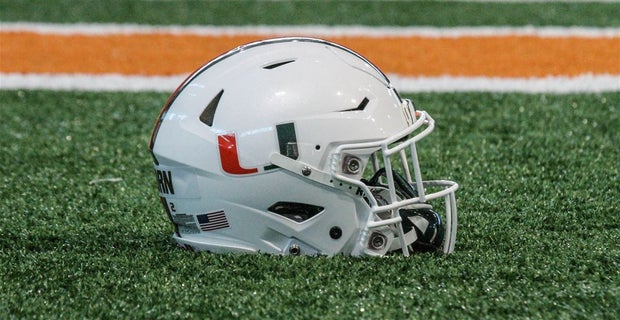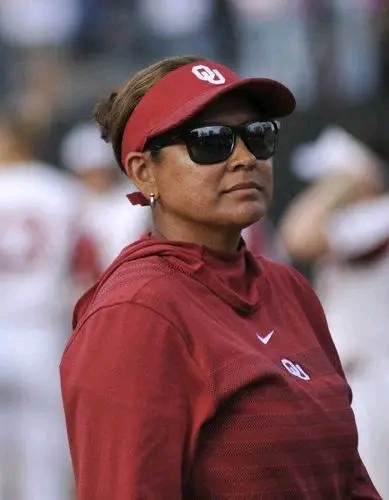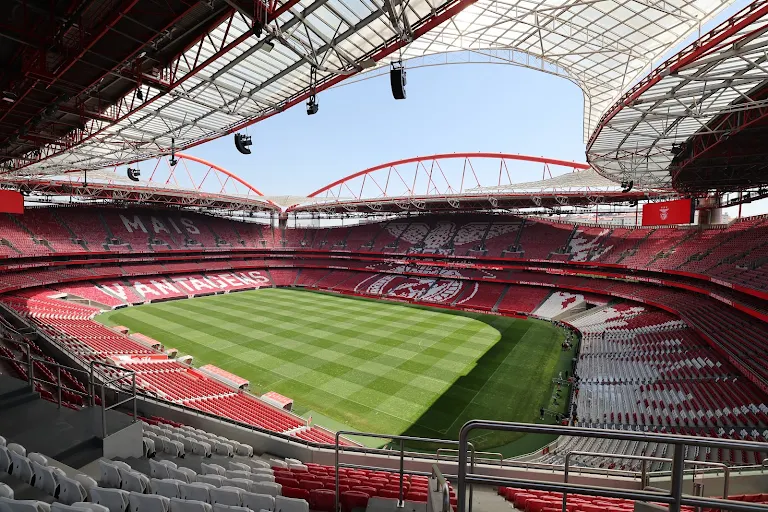
The University of Miami is poised to make a major financial commitment to its football program, signaling a new era of ambition and competitiveness in the ever-evolving landscape of college athletics. According to multiple sources within the university, Miami Hurricanes Football is set to significantly raise its annual budget—a move that reflects both the administration’s renewed dedication to on-field success and the growing financial arms race in college football.
This increase in funding comes at a pivotal time for the Hurricanes, who are striving to return to national prominence after years of inconsistency and underperformance. Despite Miami’s storied history and past championship glory, recent decades have seen the program struggle to consistently compete at the highest levels. Now, with new leadership, expanded donor support, and a rapidly changing college football ecosystem, Miami is doubling down on its investment in building a sustainable, championship-caliber program.
University officials have not disclosed an exact figure, but insiders suggest the football budget could grow by as much as 30-40% over the next two years. That expansion would push the program’s annual expenditures closer to the top tier of the ACC and potentially place it in the national top 15 in terms of football spending. The boost in funding will touch nearly every facet of the operation: recruiting, staffing, facilities, player development, technology, and game-day operations.
One of the largest areas of investment will be in recruiting. Miami plans to expand its recruiting department and increase travel budgets to ensure that the staff can scout and build relationships with elite prospects nationwide. In the current landscape, where name, image, and likeness (NIL) plays a large role, the budget also allows for enhanced support structures to help players manage and capitalize on NIL opportunities, all while staying compliant with NCAA regulations.
Head Coach Mario Cristobal, entering a critical year in his tenure, is expected to have increased resources at his disposal, including additional staff hires on both the coaching and support sides. This includes more analysts, nutritionists, strength and conditioning coaches, and mental performance specialists—roles that top-tier programs like Alabama and Georgia have long embraced. Cristobal, a former Hurricane himself, has long advocated for Miami to take a more aggressive stance in investing in football infrastructure, and the administration now appears fully aligned with that vision.
A significant portion of the new funding is also earmarked for facilities. Miami’s current training and athletic performance facilities, while serviceable, have lagged behind those of many national powers. Plans are in motion to expand the Carol Soffer Indoor Practice Facility and upgrade locker rooms, meeting rooms, and training spaces. There is also discussion of enhanced fan amenities at Hard Rock Stadium, though any stadium-specific changes would likely involve partnerships with the Miami Dolphins organization.
Another area of focus is the student-athlete experience. With the increased budget, Miami plans to invest more in player development programs, including academic support, life skills training, post-football career planning, and wellness initiatives. The goal is to create a comprehensive support ecosystem that attracts elite talent not just for the promise of wins, but for personal and professional growth.
This aggressive shift in funding strategy comes amid broader changes in college football, where the gap between programs with deep financial resources and those without continues to widen. The introduction of NIL, conference realignment, and the upcoming expansion of the College Football Playoff have all raised the stakes. Miami, long considered a sleeping giant, is now determined to fully awaken and reassert itself as a national contender.
University President Julio Frenk and Athletic Director Dan Radakovich have both expressed strong support for elevating the football program. Radakovich, who came to Miami from Clemson—where he oversaw the Tigers’ rise to national dominance—has brought a championship blueprint and an understanding of what it takes to compete at the highest level. Under his guidance, the university has been working to align its strategic vision with the realities of big-time college football.
“Football is the front porch of our athletic department and a major part of our university’s identity,” Radakovich said at a recent donor event. “We are committed to providing the resources necessary to build a championship culture here in Coral Gables.”
Boosters and alumni, too, have stepped up. The university has seen a rise in private donations earmarked for football, including from major figures in the South Florida business and medical communities. Several high-profile Miami alums—many of whom played in the program’s golden eras—have also rallied behind the initiative, offering both financial support and mentorship to current players.
The timing of this budget increase is strategic. As the Hurricanes prepare for upcoming seasons that include marquee non-conference matchups and a competitive ACC slate, having the financial backing to recruit, develop, and retain top talent is crucial. The new College Football Playoff format, set to include 12 teams starting in the 2025 season, also provides a more attainable path to contention for programs that invest wisely.
In the end, this isn’t just about spending more—it’s about spending smarter. By channeling resources into the right areas and building a sustainable model for success, Miami is positioning itself to reenter the national conversation and reclaim its place among college football’s elite. Whether that ambition translates into wins on the field remains to be seen, but one thing is clear: the Hurricanes are no longer content to watch from the sidelines of the sport’s financial and competitive boom. They’re ready to storm back into the spotlight—with the full force of a rising budget behind them.




